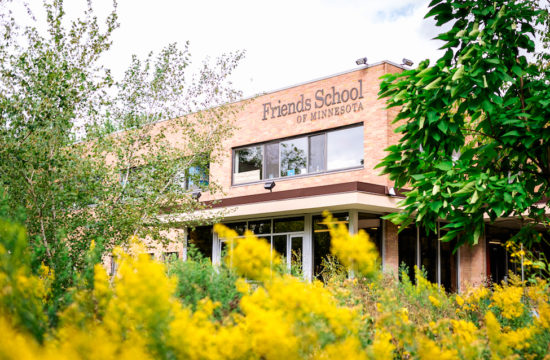How to “Plant” a Seed Bomb
You can throw or crumble the seed bombs anywhere there are prairie/grassland habitats or where you would like to grow native plants. The Insectopia seed mix we use likes medium to medium-dry soils and full to partial sun. Seeds won’t sprout where there is grass.
Because we have added water to the seed bomb, if you want to keep your seed bombs for more than two days, put them in a cool (refrigerator), dark place until you have chosen where you are going to throw them.
The Most Fun
People often ask if this is the best way to plant native plant seeds. Who knows if it is the BEST way to plant seeds. It is certainly the most FUN way to plant seeds.
What Will Happen – Will My Seed Bombs Sprout?
Seed bomb seeds typically sprout within 1 to 4 weeks after being planted and watered. However, some seeds may take longer to germinate, and certain species might require a full dormancy period (like a winter) before they sprout the following year. Factors like temperature, moisture, and the specific type of seeds used can influence the germination time. Seed bombs have about a 50% success rate.
Thank you for helping pollinators and have fun exploring and finding a place to throw your seed bomb.
Curious About How to Make a Seed Bomb Mixture So You Can Make Your Own Seed Bombs? Click on this link.
Where FSMN Students Have Helped With Restoration
In the past, our students have helped with restoration at the two sites listed below.
Coldwater Spring and Oȟéyawahe / Pilot Knob Preservation Site are nearby restoration sites located at the confluence of the Minnesota and Mississippi rivers. Both sites are sacred to the Dakota people and known to them as B’Dote. The sites are open to respectful use by the public.
Mississippi National River and Recreation Area
5601 Minnehaha Park Dr S, Minneapolis
Coldwater Spring is being restored to oak savanna, prairie, and wetland habitats. The milkweed planted at Coldwater Spring attracts monarchs, swallowtail butterflies visit for the wild bergamot, as well as native bees.
Oȟéyawahe / Pilot Knob Preservation Site
2100 Pilot Knob Road, Mendota Heights
Oȟéyawahe / Pilot Knob Preservation Site is being restored to oak savanna and prairie habitats. It is an important site for native pollinators, especially bees.
En Español
Hacer una “bomba” de semillas y poner la “bomba” en un sitio restaurado.
También se puede “plantar” la “bomba” de semillas en cualquier lugar donde haya hábitats de praderas / pastizales.
Coldwater Spring y Oȟéyawahe / Pilot Knob Preservation Site son sitios locales de restauración en la confluencia de los ríos Minnesota y Mississippi. Ambos sitios son sagrados a la nación Dakota. Se conoce como B’Dote. Ambos sitios están abiertos al público.
Mississippi National River and Recreation Area
5601 Minnehaha Park Dr S, Minneapolis
Se restaura “Coldwater Spring” a habitats para robles, sabana, pradera y humedales. El algodoncillo en Coldwater Spring atrae las mariposas monarca y los papilios que visitan la bergamota. También atraen las abejas.
Oȟéyawahe / Pilot Knob Preservation Site
2100 Pilot Knob Road, Mendota Heights
Oȟéyawahe / Pilot Knob Preservation Site se restaura a las hábitats naturales de robles, sabana y pradera. Is un sitio importante para los polinizadores, especialmente las abejas.








